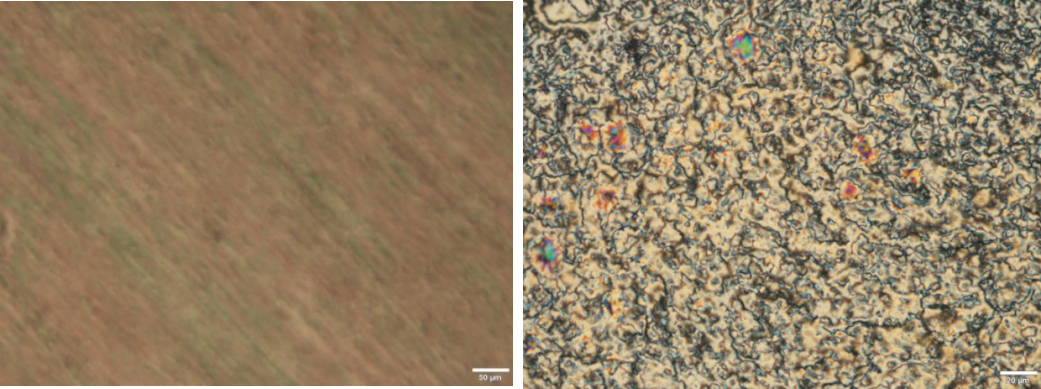Status
Completed
Period
12-26 June 2022
Applicant
Prof. Dr. Ridvan Karapinar
Home Institution
Department of Nanoscience, Faculty of Sciences and Arts, Burdur Mehmet Akif Ersoy University, Burdur, Turkey
Host Contact
Prof.Dr. M.H. Godinho
Host Institution
Department of Materials Science and I3N/CENIMAT, Faculty of Science and Technology, Universidade NOVA de Lisboa, Caparica, Portugal
Aim of the mission
The purpose of the STSM was to initiate the interaction between researchers in the EUTOPIA Network, who have been working on related topics. STSM application provided important knowledge required for Cellulose nanocrystal (CNC)/liquid crystal materials. Results of the proposed STSM application were preparation of novel CNC composite materials and fabrication of nano-composite materials for displays with controllable electro-optic properties. Exchange of knowledge and ideas was transferred to a new researcher in the field of optical properties of CNC composite media and pave way for further collaborations
Summary of the Results
In our experiments, cellulose nano-crystal (CNC) doped liquid crystalline materials were investigated. The composite samples were prepared from a homogenous mixture of CNCs and a nematic liquid crystal (LC). The LC used in the study is 4-cyano-4′-pentylbiphenyl (5CB). We used a batch of CNCs from CelluForce NCC (Canada) which is referred to as cCNC. In this case, cCNC was added into 5CB by different concentrations. This suspension was added into toluene and sonicated. Then the solvent is slowly evaporated at 110 °C. The composite was kept under low vacuum and in the oven to ensure the removal of the solvent. To prepare the cells we used ITO coated treated substrates. Planar alignment was promoted. The texture of the samples was analyzed by Polarizing Optical Microscopy (POM) equipped with a camera and software for image capture. A microscopic picture presenting a schlieren nematic texture of a sample prepared from 5 % CNC in 5CB is shown Figure 1. The cells with planar alignment was confirmed when observed under cross polarizers.
The orientational coupling between the CNC and the LC crystal was also explored with cross polarizers. The cell appeared black when one of the polarizers is aligned along the rubbing and bright when they are at 45° to them demonstrating alignment of the director along the rubbing direction. The aligned CNC doped film appeared colored by insertion of a retardation plate when the director is oriented 45° with respect to the polarizer (Figure 2). Opaque and transparent states of the cells were examined by applying voltages to the cells. Voltage applied to the cell was obtained by a signal generator. Above the threshold voltage, the cell switched from opaque to transparent state. Increasing the concentration of CNC resulted in a substantial increase of haze. The electro-optical behavior of the cells was investigated by laser light transmission system. These CNC composite systems can be helpful in designing electro-optical devices such as smart windows which can be switched from translucent to transparent states by the application of an electric field.
Dissemination
The experimental results are seemed to be promising, so after experimental data processing they will be published in a SCI journal. It will be ensured that new projects will be developed in the future as a bilateral research project.

